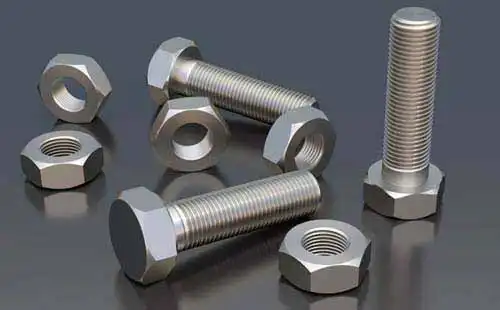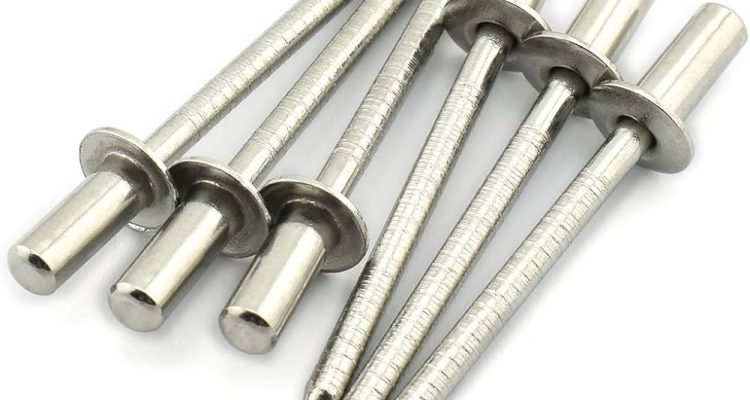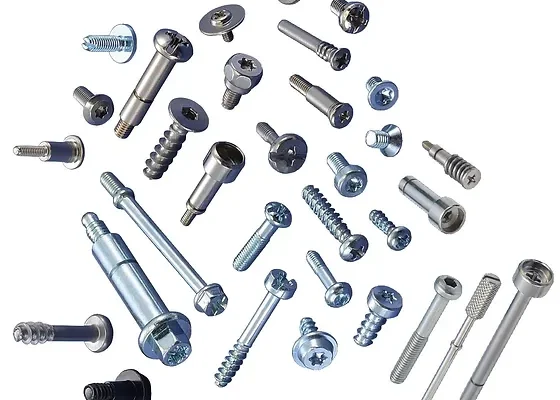
How to create screw holes
How to create screw holes effectively: Use precise drilling, marking, and adjusting techniques for accurate results.
目录
ToggleMark the Material
-
Begin by Marking the Material Accurately
Use a rule and a pencil or chalk to mark your holes. This helps you ensure that your holes are accurately positioned. For example, if you’re mounting a bracket onto a wooden board, you’d measure and mark on the wood where each screw will go according to the bracket’s specifications.
-
Prepare the Drill
Charge your drill battery or plug it in, and attach your drill bit. You should pick a drill bit the size of your screw. Make sure the drill bit is tightly secured. Set the drill to the right speed and torque for the material you’re drilling into, the harder the material, the lower your speed should be. For example, with hardwood, you should use a lower speed setting to prevent splintering.
-
Create the Pilot Holes
To make a small indentation, you should use a center punch. This will help your hole stay straight. Make sure you are pressing somewhat firmly, but not enough to damage the surface of your material. For example, when drilling through metal, use the center punch to make starter holes before drilling.
-
Drill Holes
Use the marked spots and the center indentation to guide your drill hole. Continue applying steady pressure, and make sure your drill is straight relative to your surface. If you’re drilling through something thick, you should pull out your drill to allow dust to come out and then drill further until the kicking stops. For example, when installing a door or cabinet hinge, you should drill pilot holes for the screws that will attach your hinge to the door or case.
-
Check Depth and Clean
After drilling the holes, you should use a depth stop to drill to depth. This is important when countersinking your screws so they are sure to be driven in fully. After drilling the holes, you should also blow out or vacuum the dust, debris that will prevent your screw from going snugly into the hole, and could cause binding if not removed. For example, when fitting the shelf bracket, you should blow out the screw holes so that the screws fit flush into the bracket.
-
Test Fit Screws
After you’ ve made all your screw holes, try driving the screws into the hole to make sure they go in straight. If the screw starts to get off track, you can widen your hole by a little with a larger drill bit, or deepen it with a smaller one. This helps you ensure you won’t strip your screw when the time comes to install. For example, when putting any kind of furniture together that has screw holes in it already, you should always try putting the screw into the hole before fastening totally.
-
Time to install your screws
Once you’ve pre-drilled your holes and tested them with the screws, you are ready to go ahead and screw your material into place. I screwing tools, a screwdriver or a screwdriver drill, drive your screws in snugly. Make sure to push in hard with an electric screwdriver, you may strip the threads or damage your wood. For example, when installing a shelf on a wall, you should always make sure the shelf is level before fastening it with a screw.
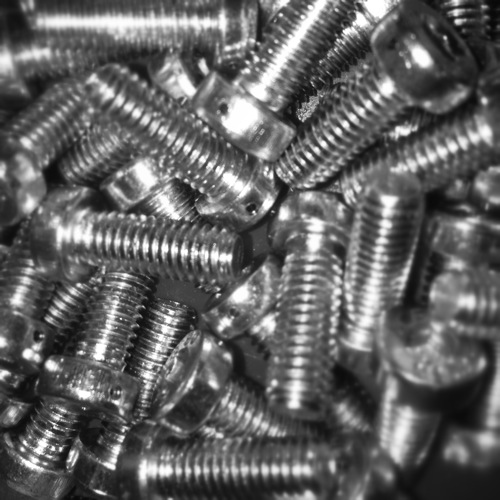
Custom Made Screws Archives
Choose the Proper Drill Bit
Perfect drill bits
The first and foremost step to start creating screw holes is selecting an appropriate drill bit for your work. In most cases, you should pay attention to the size and type of the drill bit. Ensure that the bit coincides with the material you are going to drill and the size of the screws you will use on your piece of material. Generally, when you are planning to drill into a piece of wood, you can use a twist drill bit. As for other materials, cobalt or titanium-coated bits may serve you well while drilling into metal.
Material and size
Check on the material you are going to drill before selecting a drill bit. For soft materials like wood or plastic, stop your choice at standard high-speed steel bits. Harder materials, such as metal and masonry, require the use of carbide or diamond-coated drill bits. Simultaneously, always refer to screw specifications to make the correct decision when selecting a drill bit size. In most cases, the drill bit should coincide with the screw’s diameter, and the connection between the materials should be tight but absent of any pressure. Thus, if the bit is too small, the material will split. If it is too broad, it will create a loose and unstable connection.
Testing it out
Before starting to drill the workpiece, test your drill bit on the scrap piece of the same material first. This way, you ensure that the bit coincides with the work you are planning to do and will have time to try it out without doing the whole piece. What is more, testing helps avoid critical mistakes and wasting material. Torn and split materials may spoil the final look of any work you have done earlier, along with the unnecessary spending of materials.
Ensuring its perfect state
Check on the state of the drill bit before starting working. A dull tip calls for a decrease in the drilling speed and overheats the workpiece, leading to imprecise holes. Do not forget about safety. Always replace outdated or damaged bits with brand-new ones – this will protect you from drilling accidents.
Reading the specifications
Previously, pay attention to drill bit guides, manuals, and materials given by a manufacturer or printed on an official website. They tell you what exactly you should pick to get the best experience with your drill. Perfect drill bit guides always provide information about the diameter of the drill bit. In its turn, it depends on the material you are going to use it on and the size of a screw you are going to add in that hole.
Chuck the Drill Bit Into the Drill
In order to start the process of creating screw holes, it is necessary to chuck the drill bit in the drill so that they remain stable and uniform without moving. Here is the procedure:
Prep the drill
Make sure that the drill is turned off and for a corded drill, ensure that it is detached while for the cordless drill, remove the battery to ensure that it does not get turned on.
Open the chuck
Find the chuck at the front side of the bit, which is used to chunk the drill bit by holding it in place. Most of the current drills have keyless chucks where hand is used to loosen and tighten the drill by turning it to the left. Twist the chuck to the left to loosen it and open it.
Insert the drill bit
To chunk the drill bit by keeping it secure, insert the shank of the drill into the chuck and center it . Try to push the drill bit as far as it goes inside the chuck while it is kept straight.
Tighten the chuck
To tighten the chuck and keep the drill bit in place, make one hand hold on the drill bit to ensure that it does not press out and with the other hand try to loosen the chuck and guard it. To the right, twist the chuck to the right to move it tight into the drill and hold the bit in place.
Check for stability
For security reasons, try to yank the drill a bit to see if it is held firmly by the chuck in place. If it is loose or unstable, tighten the chuck until the bit is in a stable drill.
Turn on the drill
To start drilling, plug in the corded drill and turn it on by pressing the power switch while make power the batter for cordless drills. Plugin the battery and press the power button.
Ensure straight
Ensure that while drilling the holes, the drill bit moves straight up and down coiling the surface at perfect 90 degrees so as to go through the holes. Ensure that you have a tight grip on the drill to guide it through on the other side of the surface.
Start drilling
Put some concentrated pressure on the bit and drill the hole in the by guiding the drill going smoothly. Ensure that once the necessary depth has been achieved, pull the drill bit out from the service.
Drill the Pilot Hole
So you’ve got everything prepared and need to work on inserting the screw to the material but haven’t created a pilot hole yet. There is nothing difficult, and here is what you have to do:
-
Choose a Proper Drill Bit
The drill bit should be slightly less wide in diameter than the intended screw. In other words, if you are going to drill a #8 conjunction, pick up a pilot hole of 1/16 inch in width.
-
Mark the Hole
After you’ve determined the spot to drill, use a marker or pencil to draw the future hole. Keep an eye on the attempts and make sure you follow them.
-
Secure the Wood Sheet
If you are working with a wooden sheet, use the vice to be able to hold it through the drilling process. In case the material can’t be put in a vice, clamp it to a workbench or any other surface you find comfortable.
-
Set the Drill
Adjust the drill speed to the material. For example, if you are working with wood or plastic, turn a fast mode but drill slowly for metal sheets and other hard materials.
-
The Direction and Pressure
Hold the drill at a straight angle from the chair. Start the drill and start applying pressure – make sure it’s straight.
-
The Drill
Loads of premises confirm that applying force to the drill, it wobbles, so don’t push very strong and control the pressing to the workbench.
-
The Depth
Make sure you don’t drill to the bottom of the market but simply created a hole you can use to drill in the screw. To avoid mistakes or failed attempts, use the drill with a stop key or mark the beginning of the work with tape.
-
Cleaning the Debris
Sometimes drill releases debris so make sure you lift it from time to time to see if there is any in the hole. It will keep the hole clean and easy to insert the screw.
-
Testing
When you finish, make sure you can insert the screw properly. If not, you have to repeat the steps and either pick a drill bit of a different diameter or apply less or more pressure to the drill.
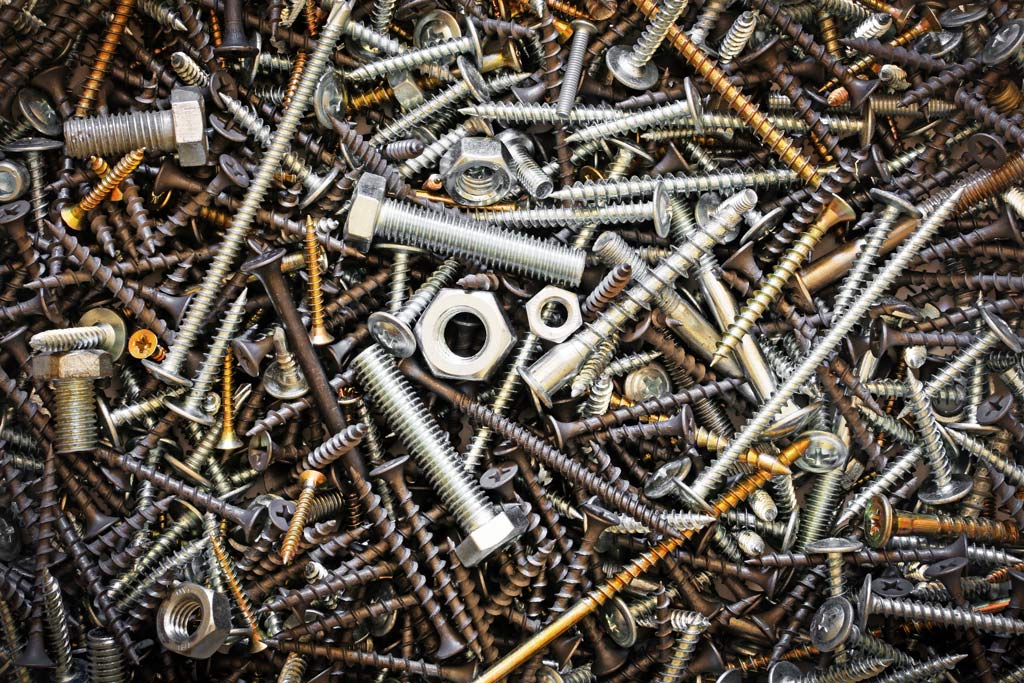
Why Don’t all Screws Have
Withdraw the Drill Bit
To start with, right after the pilot hole is finished by the drill, it is vital to pull out the drill bit from these five to ten millimeters carefully . The following guide will inform you how to perform this process safely:
Release the pressure on the trigger
Because the pilot hole is almost done, it is essential to gradually release the pressure on the trigger to slow down the bit rotation slightly.
Revert the drill
Each hand drill has a button on the side of its handle opposite to the trigger. It offers the ability to drive the hole with the drum backwards. Consequently, turn this button to start spinning the bit in the opposite direction.
Pull the drill bit gently out
It is essential to control the entire withdrawing process. Thus, one should walk the bit out of the pilot hole five to ten millimeters forwards gently. It is vital to put efforts in this work but do not do it jerkily to avoid fragments’ damage or inflow which might occur if the wood jerks.
Clean off the sawdust from the bit
When pulling out the drill, it is essential to consider that the sawdust will remain on the drill bit. One can blow the sawdust or brush them off with a brush.
Check the Pilot Hole
After the pilot hole is drilled, one should check if it is prepared properly. It must be clear, free off sawdust, and have no fragments inside to simplify the screwing process and case during assembly.
Try the Screw Flange
Prior to winding in a screw into a hole, one should once try to screw the screw in gently by side. Once the screw fitted, its flange matches well; the pilot hole seems to be screwed at right angles and has a suitable size. One can remove the stand screw and use its lightweight trimming, or cut on the grooved screw.
Dispose of the sawdust
Do not forget to dispose of the sawdust created during the drilling process carefully.
Now, when the pilot hole is drilled, and the drill bit is pulled out, it is possible to screw a screw into the wood. To do this, one will need a screwdriver or a drill.

